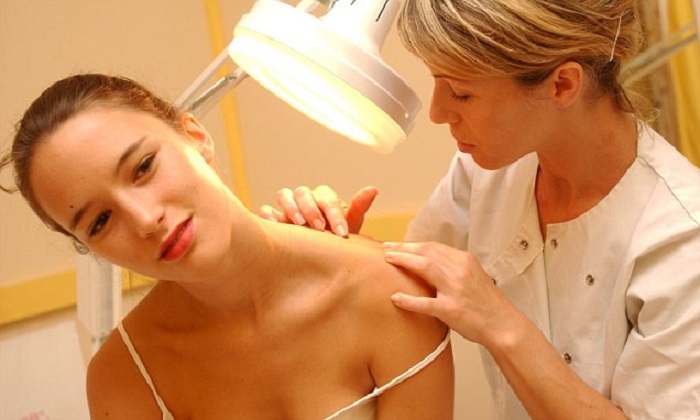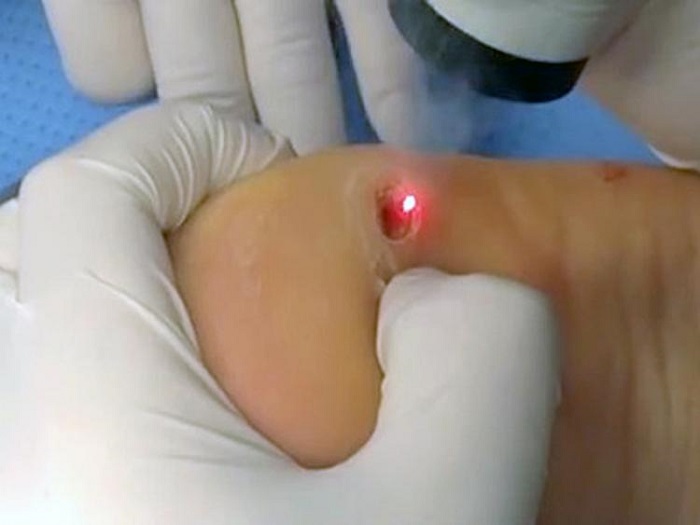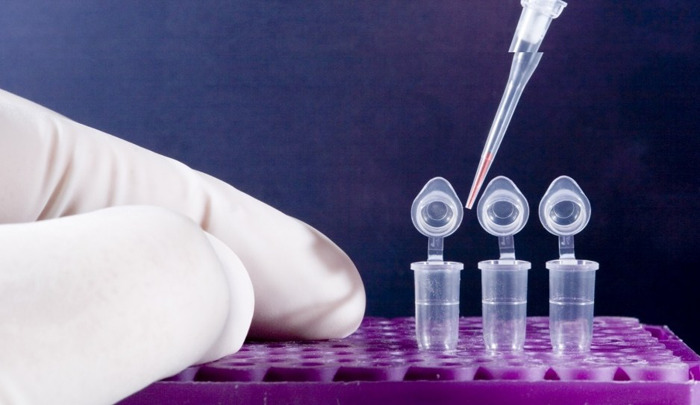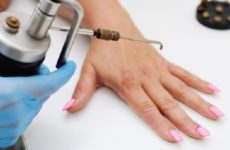Содержание:
- 1 Introduction
- 2 In what cases should you contact the clinic?
- 3 Which doctor treats the virus in children and adults
- 4 Which doctors deal with growths of specific localization?
- 5 Who is engaged in the removal of growths, where to go?
- 6 How is the consultation going?
- 7 When is a follow-up appointment?
- 8 Conclusion
Introduction
Warts are most commonly caused by the human papillomavirus (HPV). The most common way to treat them is to remove them. But who does it and where to go?

In what cases should you contact the clinic?
If you notice a neoplasm in yourself, you should immediately visit a specialist. The fact is that this formation can be both a common wart and a harbinger of an oncological disease, especially if you have a lot of moles. To eliminate doubts and conduct a primary diagnosis, a dermatologist or dermatovenereologist is suitable.
Which doctor treats the virus in children and adults
The choice of a doctor depends on the appearance of the neoplasm and your general well-being! As well as the availability of the necessary specialist.
If you notice a wart in a child. then you should worry about it and show it to the local pediatrician, who will guide you further. You have a wart – run to your therapist. And he will direct you to the right doctor.

Dermatologist
This doctor will examine you and decide if you need additional diagnostic procedures, such as a blood test, PCR, or a biopsy. In any case, he will confirm or exclude the malignancy of the neoplasm by a medical examination and, if necessary, study the histology of this formation.
Surgeon
This specialist deals directly with the removal of warts. Removal can be done by
- Conventional surgery – the doctor cuts the wart with a scalpel and stitches it. The disadvantages are that scars remain and heals for a long time. Plus in the high-quality and complete removal of the wart along with the root.
- Radio wave or laser cauterization – performed using an ablative laser. A thin laser beam acts on human tissue and heats up from 50 to 400 degrees. This achieves the complete death of the virus and the destruction of damaged cells. Pluses in efficiency and fast healing. And also in the absence of scars and scars. A similar principle of operation of the method of electrocoagulation.
- Cryodestruction – is a cold method, it consists in removing the formation by exposure to liquid nitrogen. Pluses in the practical absence of pain during the procedure. After treatment, the wart darkens and separates.
- Chemical cauterization.
Oncologist
A good dermatologist, if your wart is malignant, will recommend that you contact an oncologist.
The doctor will examine you, ask for complaints, collect an anamnesis and send you for diagnosis:
- Biopsy.
- Cytological study.
- Immunological blood test.
- Digin test.
- Analysis for the determination of oncomarkers.
- Colposcopy.
If breast cancer is suspected, your doctor may refer you to a mammologist for an examination.

Venereologist
This specialist should be contacted if neoplasms appear in the groin area, on the genitals, in the anus. After the examination, the doctor may prescribe you antiviral drugs and drugs that strengthen the immune system.
beautician
This doctor should be contacted if warts appear on the face , décolleté, hands or feet. Most often, women resort to such a specialist.
After the examination, the beautician can remove the wart by cryotherapy or chemical cauterization. The disadvantages are that often beauty parlors do not have the necessary equipment for more accurate diagnosis and removal of warts.
Which doctors deal with growths of specific localization?
Specialists include dermatovenereologists, dermatooncologists, venereologists and cosmetologists.
Who is engaged in the removal of growths, where to go?
The removal of growths or pigmented neoplasms that rise above the level of the skin is done by both a dermatologist, an oncologist, and a surgeon.
It is forbidden to remove these formations by cauterization or cryotherapy, since this will complicate further histological examination of the removed wart. Here, methods of electrocoagulation or laser exposure are recommended.

How is the consultation going?
As you know, before the start of any treatment, the patient is examined, it becomes clear what kind of disease it is, the method and method of treatment is chosen, various consultations are held, etc.
What to bring to the appointment
At the initial appointment, you must take identification documents, a policy and a medical card from the clinic. Also, if you have the results of past examinations and tests on hand , be sure to take it, as it will help to make a diagnosis and adjust the treatment.
What tests are prescribed
The dermatologist usually prescribes:
- General blood and urine tests.
- PCR test.
- Biopsy.
- Blood test for HIV, syphilis and hepatitis.
- Analysis for STDs.
- Colposcopy.

If necessary, tests for antibodies to HPV, cytological tests, ultrasound, coprogram.
How is the inspection of growths on the arms, legs, other parts of the body?
- The doctor examines the card, examines all the data and interviews the patient’s complaints.
- Next, examine the affected area (eg nails, skin of the hands or head).
- Examines all skin and accessible mucous membranes (mouth and nose).
- The main lymph nodes are palpated.
- A preliminary diagnosis is made.
- Further, they are sent for tests, after receiving the results, which the doctor can give the first recommendations for treatment.
Treatment Methods
Depending on the clinical picture, the doctor may prescribe surgical treatment and medication. Surgical treatment is the removal of the wart by cryotherapy, cauterization, scalpel, electrocoagulation or laser excision.
Medication consists in taking drugs that increase immunity and antibiotics.
When is a follow-up appointment?
Appointment of re-admission usually occurs on the basis of indications, that is, everything is quite individual. Usually, patients re-apply after completing the entire course of treatment (about a month later). Also find out what indirect signs will help you identify HPV.
Conclusion
Warts are a fairly serious disease caused by the human papillomavirus, which is easily transmitted and almost incurable. However, there are painless and quick removal methods that will help to normalize the condition as soon as possible!







